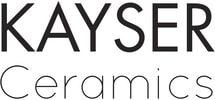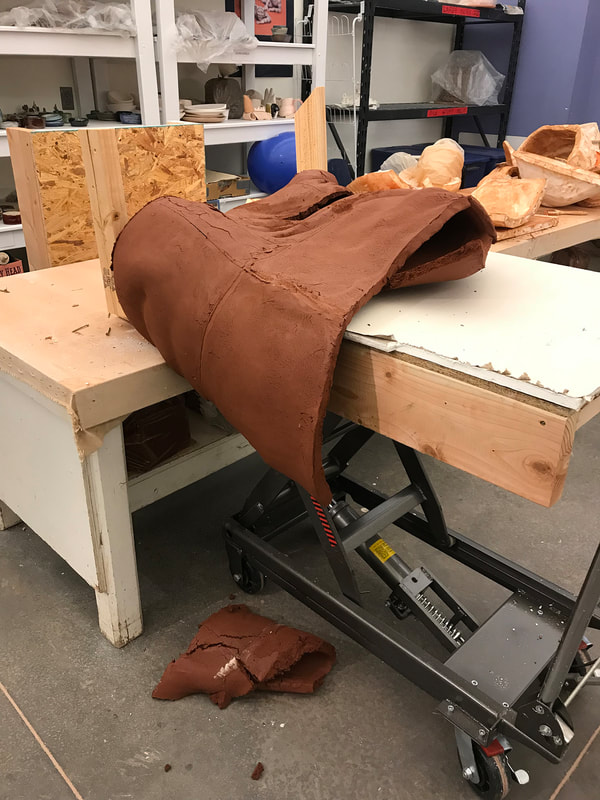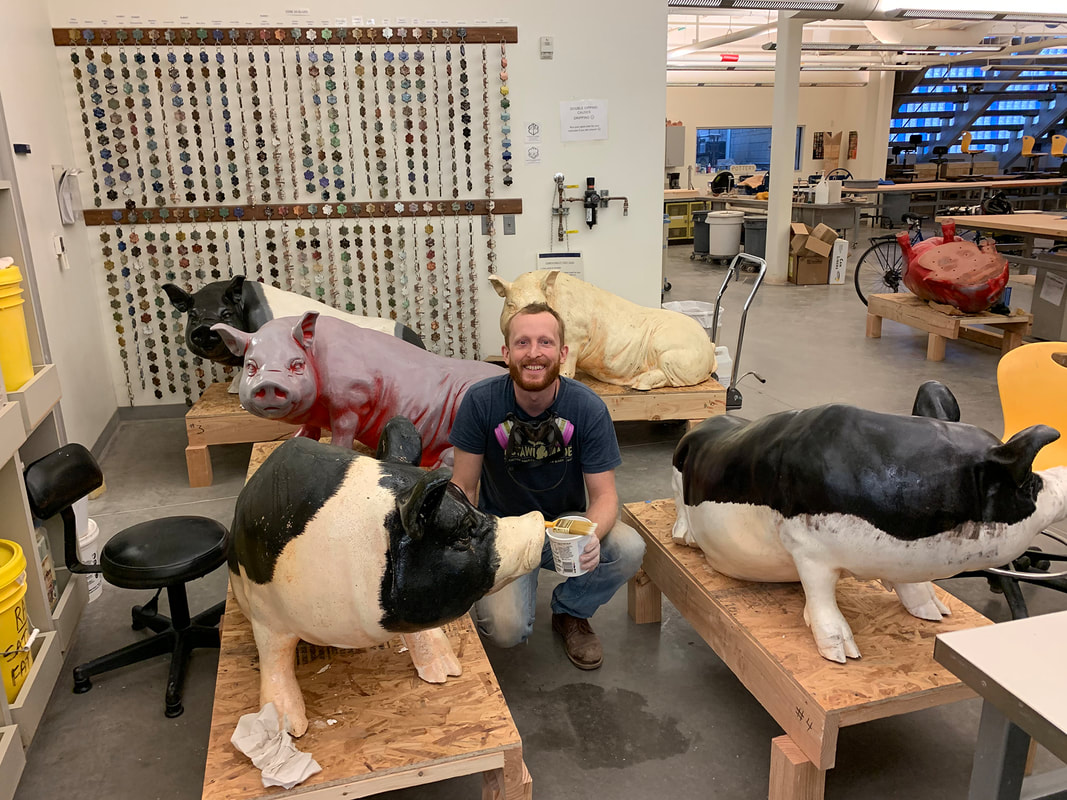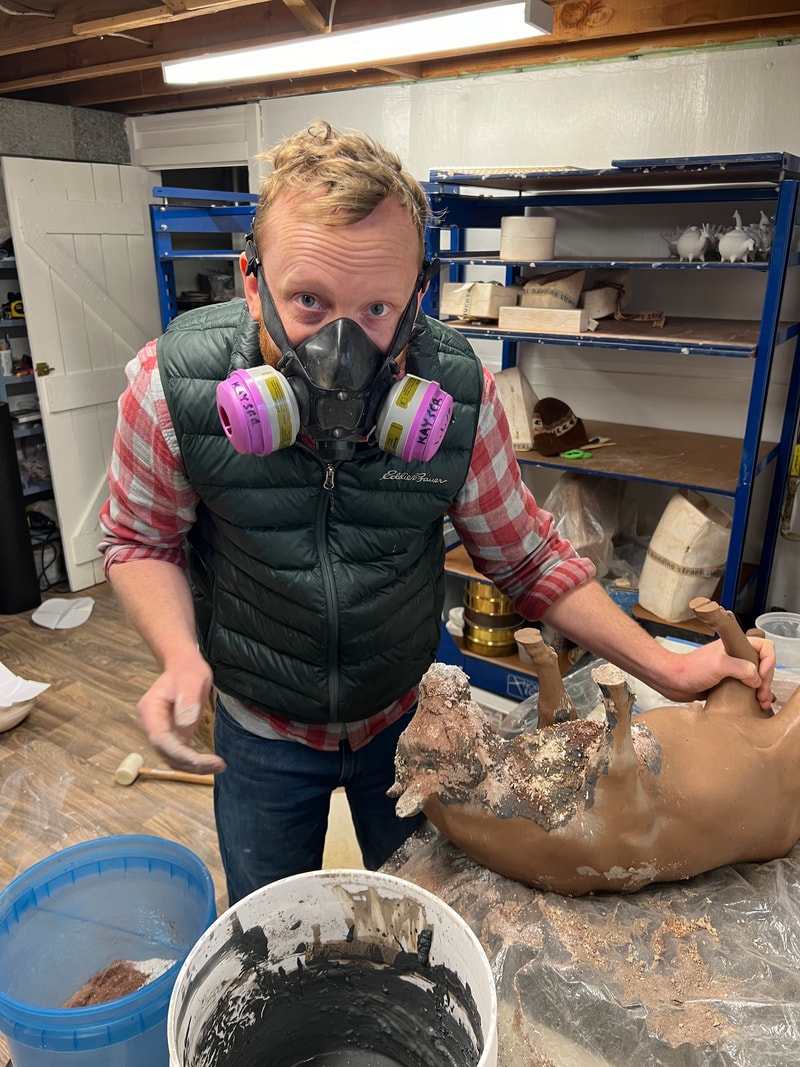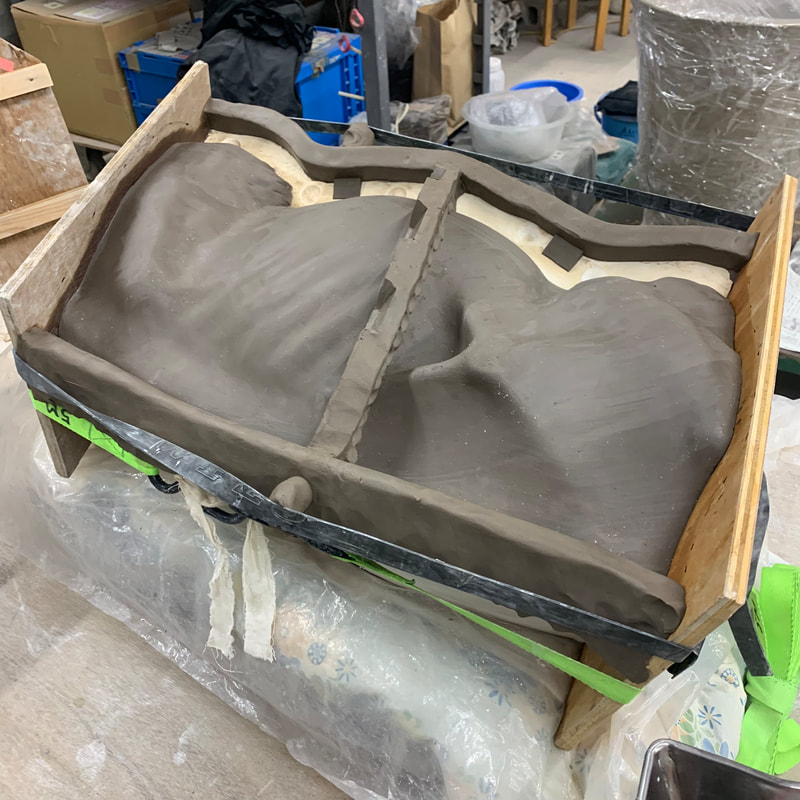 The other day I was updating my website when I realized that I had no place for sharing my process images or ideas. I use Instagram @kayserceramics for less formal snapshots of what life as an artist looks like, but social media can get exhausting and it doesn’t lend itself to slow, mindful introspection. I decided it might be helpful for me to set aside some time every month to write and reflect on what I am creating and why. Here is my first of hopefully many posts; I hope you enjoy. For those of you who don’t know me personally, I am a consummate craftsman. I take great care in making well crafted, delicate and thoughtful artwork. Ideas for my work are mostly born from personal experiences and reading, and take form through the exploration of materials and process. I have never kept a sketchbook; instead I journal, or as my wife will attest, I leave inscrutable half-formed thoughts on sticky notes all over the house. There is a careful balance I am always trying to strike between having a plan before I start making and letting the process guide me. If I wait on an idea to fully form before diving into the studio I get creatively constipated, but if I am hasty to get into the studio I can waste a lot of time working on something where the finished piece is garbage. Some of my best strategies for tapping into creativity have to do with creating structure:
 Once I am ready to get my hands dirty, I often start by making a maquette, a solid clay gestural model, to flesh out the composition. It often takes me a couple of iterations before I am ready to scale up. I really enjoy the slow and methodical process of rendering animals; their anatomy is so dynamic and expressive it makes for a good technical challenge. The formal exercise of rendering is the first part of how I make my artwork. Because of how long it takes and the inherently high levels of failure endemic to ceramics, the next phase in my creative process is mold making. For me, mold making is a ‘save’ button on my work. It allows me to take my time up front without the final pieces becoming too precious to take risks. Once I have a plaster mold made, which is another long process, I get to experiment and play with the castings. The final resulting sculptures vary. Some are cast in bronze, for others the final material is clay mixed with oozing chunks of feldspar, fertilizer and wildflower seeds, or wild clay I scavenge while hiking. I push the integrity of the clay often to a breaking point, but therein lies fresh and exciting possibilities. Through the rendering and mold making process I retain absolute control over each sculpture, but when I begin casting the work changes energetically. It becomes a dance between myself and the material, where each takes a turn leading. I have to stay observant, gleaning inspiration even in a failed experiment, because that is the way my work moves forward.
0 Comments
Leave a Reply. |
